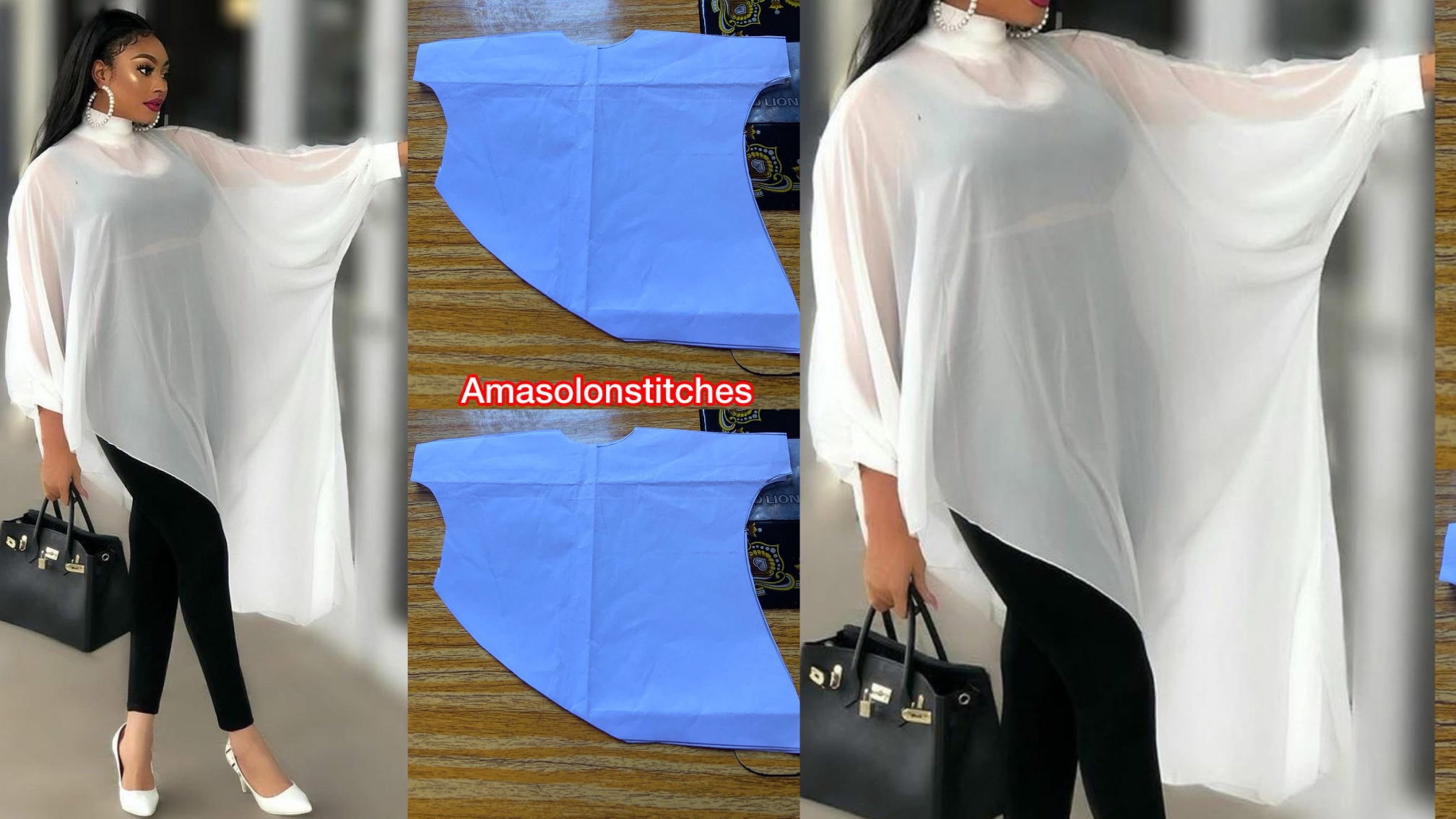In the world of contemporary African fashion, the Bubu dress continues to reign supreme as a symbol of elegance, comfort, and grace. Its transformation over the years has led to creative adaptations that cater to both modern and traditional tastes. One such evolution is the Asymmetric Hem Bubu Dress — a stylish twist that elevates the classic free-flowing silhouette into something truly fashionable and flattering.
Today’s post shines a spotlight on this captivating design, complete with a visual illustration to help dressmakers and style lovers understand its structure and flair.
What Is a Bubu Dress?
A Bubu (or Boubou) dress is a loose-fitting, flowing garment traditionally worn in West Africa. Known for its breezy elegance, it allows for movement, comfort, and cultural pride. Over time, designers have added shape-enhancing elements, stylish necklines, and tailored finishes, making it a global fashion item.
The Asymmetric Hemline Twist
The version featured in our illustration and fashion photo combines the timeless essence of the Bubu with a bold asymmetric hemline. This means one side of the dress is longer or shaped differently than the other, creating a cascading drape that adds drama and modern appeal.
Why the Asymmetric Hem?
- Visual Interest: It breaks the monotony of a straight cut and introduces visual rhythm.
- Slimming Effect: When designed with the right fabric and curve, it elongates the body.
- Fluid Movement: The longer side sways as you walk, offering elegance and flair.
- Modern Touch: It adds a contemporary feel to a traditional design.
Design Breakdown: The Style Illustration
On the right side of the image is a paper mock-up showing how the Bubu is cut and shaped. Here’s what makes this version unique:
- Batwing Cut: The sleeve and bodice are cut as one piece, which ensures the iconic oversized look of a Bubu while allowing for easy wear.
- Center Seam: The center seam down the front or back helps maintain shape and finish.
- Asymmetric Curve: One side of the hem curves upward while the other drops lower, creating the flowing, angled line that defines this dress.
- Neckline Variation: This style can work with a simple round neckline, boat neck, or high neck as seen in the model’s look — which adds a touch of sophistication.
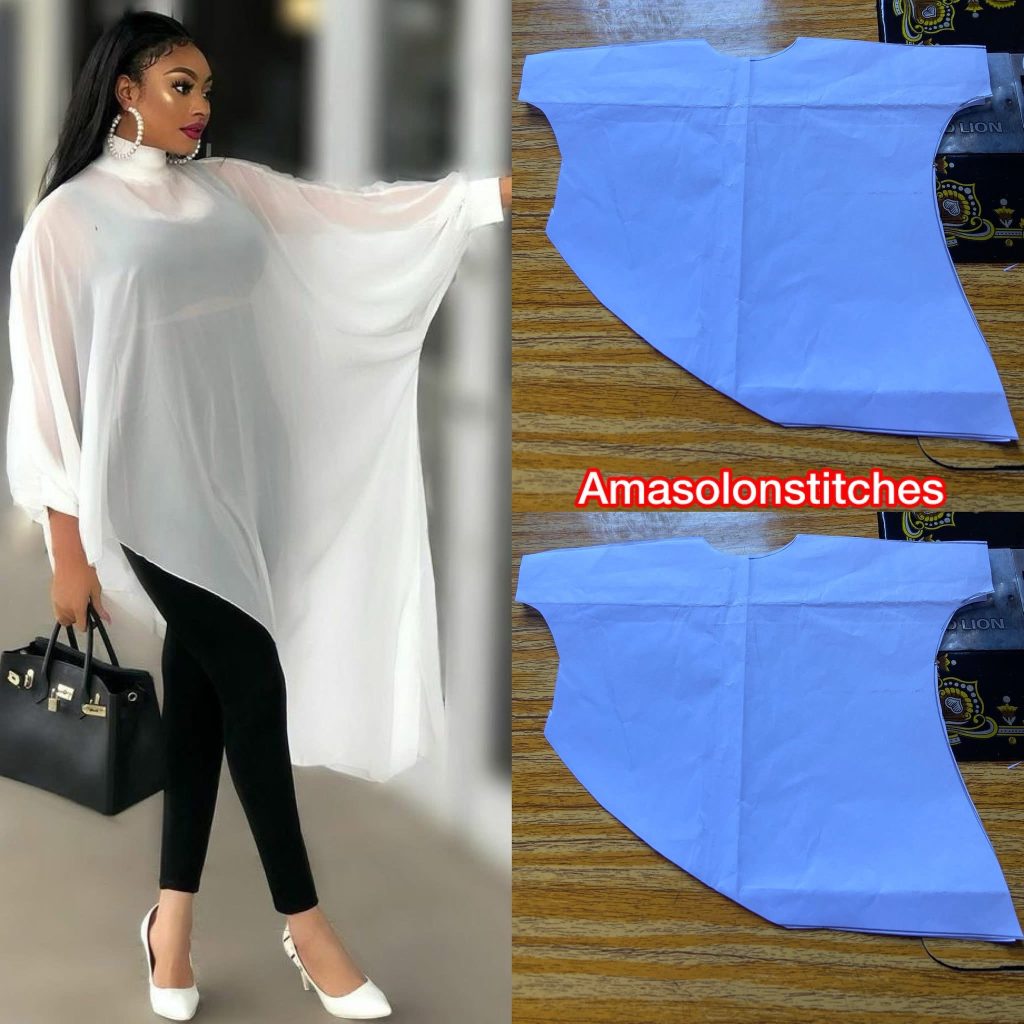
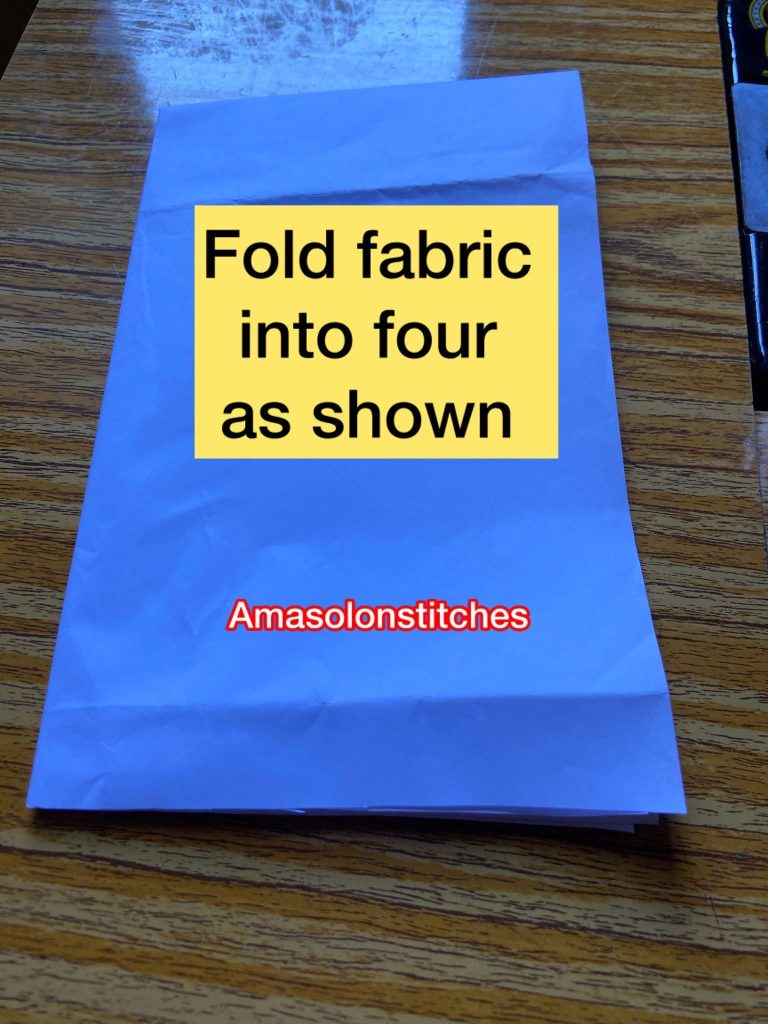
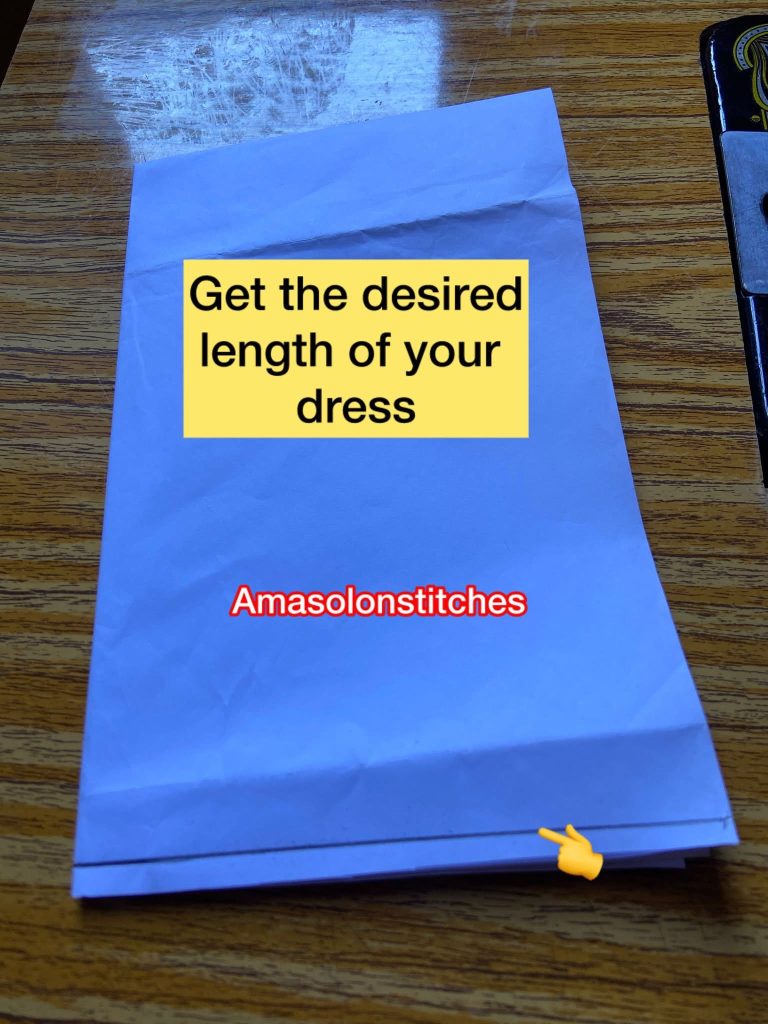
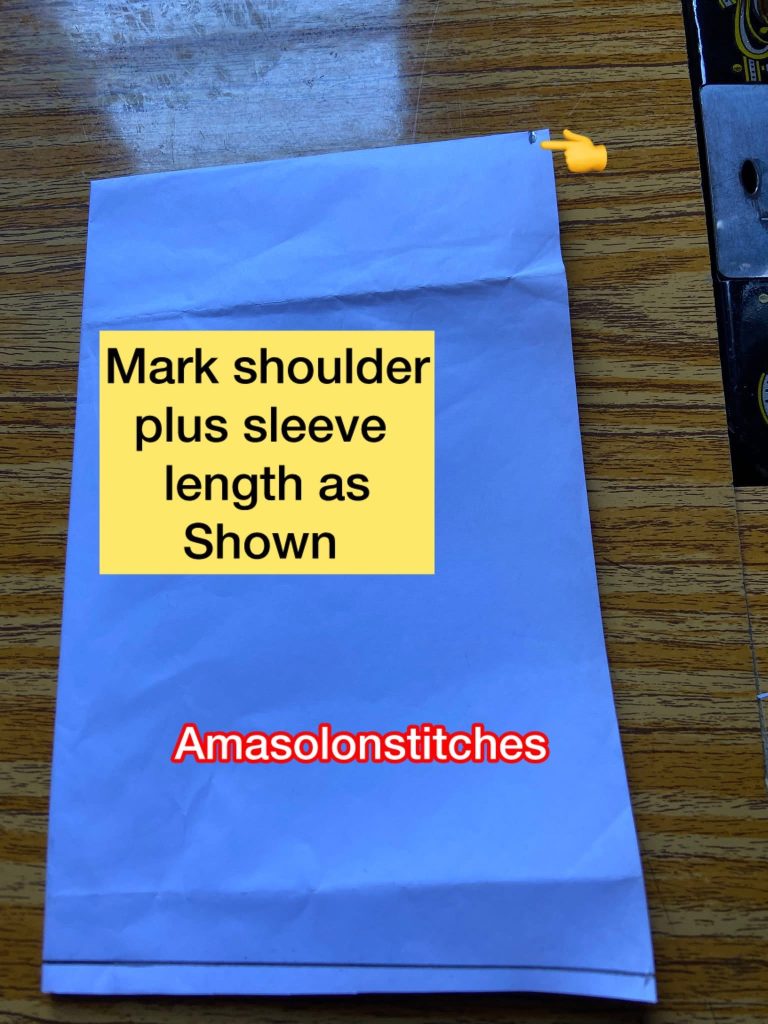

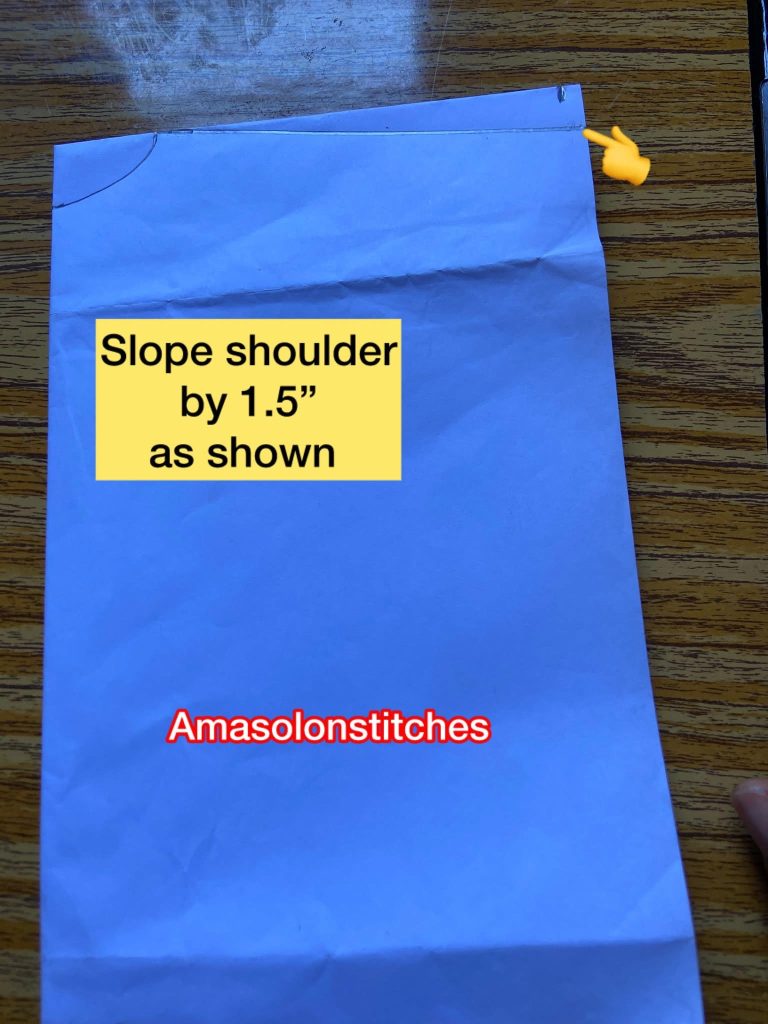
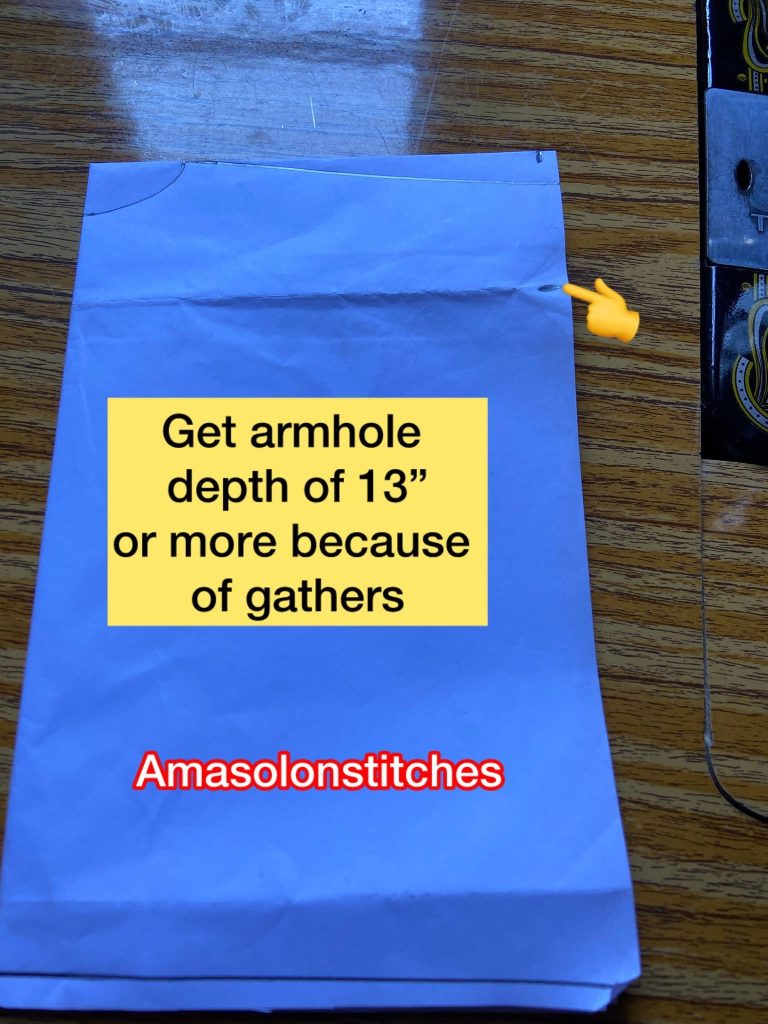
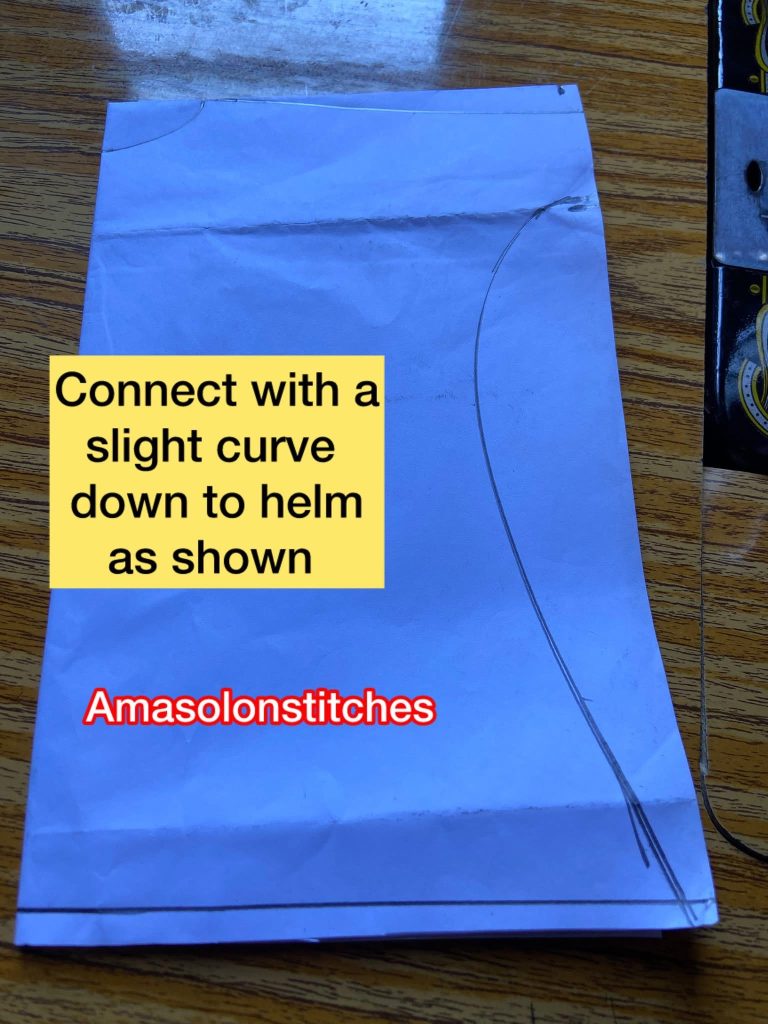



Fabric Selection
To achieve the elegant drape and flow:
- Best Fabrics: Silk chiffon, satin, organza, or crepe. These offer lightness and movement.
- Avoid: Stiff fabrics, as they won’t flow or fall as beautifully.
- Color Choice: Solid colors like white, wine, navy, or jewel tones work best to let the hemline design shine.
Styling Tips
The Bubu dress with an asymmetric hemline can go from casual to ceremonial depending on how you style it.
- Elegant Look: Pair with stilettos, statement earrings, and a clutch.
- Chic Casual: Style with leggings (as seen), flat mules, and a soft leather bag.
- Cultural Glam: Add a matching headwrap or gele for traditional occasions.
- Belted Option: Add a thin belt at the waist for a cinched-in modern twist.
Sewing Tips for Dressmakers
- Measurements: Ensure generous ease allowance; Bubu is meant to be flowy.
- Balance the Curve: When drafting the asymmetric hem, ensure it’s flattering and smooth—not too sharp.
- Finish with Bias Binding: Use clean finishing around the neckline and sleeve hem for a polished look.
- Practice with Paper First: Use a paper mock-up to visualize your hemline before cutting your fabric.
Why You’ll Love This Style
- Modest Yet Stylish: It covers the body while staying trendy.
- One Size Fits Many: The loose fit makes it adaptable for different body types and sizes.
- Statement Piece: The hemline alone makes the dress a conversation starter.
- Low Fabric Waste: The batwing style utilizes full fabric width smartly.
Conclusion
The Asymmetric Hem Bubu Dress combines traditional beauty with modern creativity. It’s a perfect example of how African fashion continues to evolve while staying rooted in cultural identity. Whether you’re sewing one for a client, wearing it for a special occasion, or adding to your fashion illustration portfolio, this style deserves a spot in your wardrobe and sketchbook.
—
Inspired by Amasolonstitches – Where creativity meets couture. Keep following for more style breakdowns, illustrations, and tutorials that make sewing easy and exciting!


